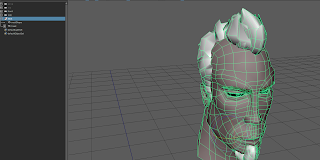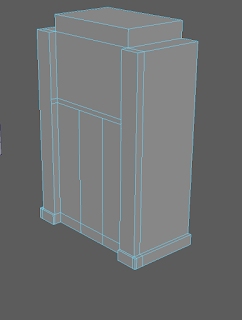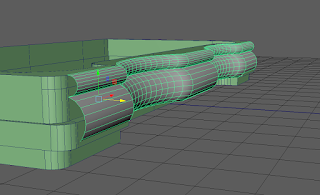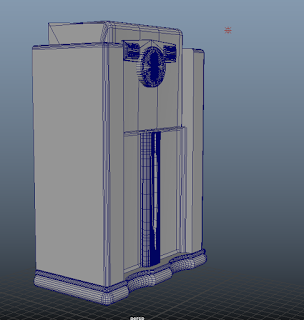These are screenshots from the Introduction to Rendering Tutorial in Maya.
First is the "understanding the render view" lesson, which basically just goes over how the render view works. It goes over some features like rendering only selected areas and how to cancel a render in progress.
This screenshot is from the "Selecting a render engine" tutorial. It goes over the differences between render engines and how they work. I basically only use mental ray, but I did find the maya vector to be pretty cool, though I don't know that I'd ever have anything to use it for.
This lesson is "using the render region" and it goes over the different settings for the render region, such as auto resize or auto render region.
This lesson is over saving and comparing renders, which is something I knew how to do before this tutorial. All you have to do is click a button to save the image, but it's very useful.
This lesson goes over aliasing and anti-aliasing and how those effect your renders. It showed how to increase the edge quality by stepping up the level of anti-aliasing.
This lesson goes over the mental ray sampling modes, and the settings for them. Basically increasing sampling increases quality.
This is the tutorial over using the resolution gate. It seems pretty handy that you can see exactly what will be rendered. There's a button with a blue circle in it that you click, and you can adjust the size to really know what you'll be rendering. Very useful.
This is from the "viewing high resolution textures in hypershade." I think this tutorial is slightly dated though, because on the video the texture wasn't shown at all in hypershade. In Maya 2016, it automatically shows the texture on the top right.
This is from the tutorial over setting up a batch render and batch rendering. You can render frame by frame and save each to a custom filepath which is useful for animations, and you can have it render while still being able to move around in Maya.
This lesson goes over setting up renderable cameras and their settings. You can also render multiple cameras at once if you want. In the image above, Maya would render from basically what I'm seeing because I have the render_cam selected in the settings, and I'm looking through the render_cam in the viewport.
This is the final video which ironically goes over one of the first things I learned about rendering -- changing the resolution of your render. You can set any aspect ratio you want, as well as some presets. You can also select to preserve the aspect ratio at the click of a button.
I enjoy doing render work because it's really satisfying to see how good you can make things look. I especially love rendering lights and seeing how they bounce around the scene and reflect.
Overall, these tutorials were useful and informative, and I learned new things that will help my renders look more professional in the long run.



















































